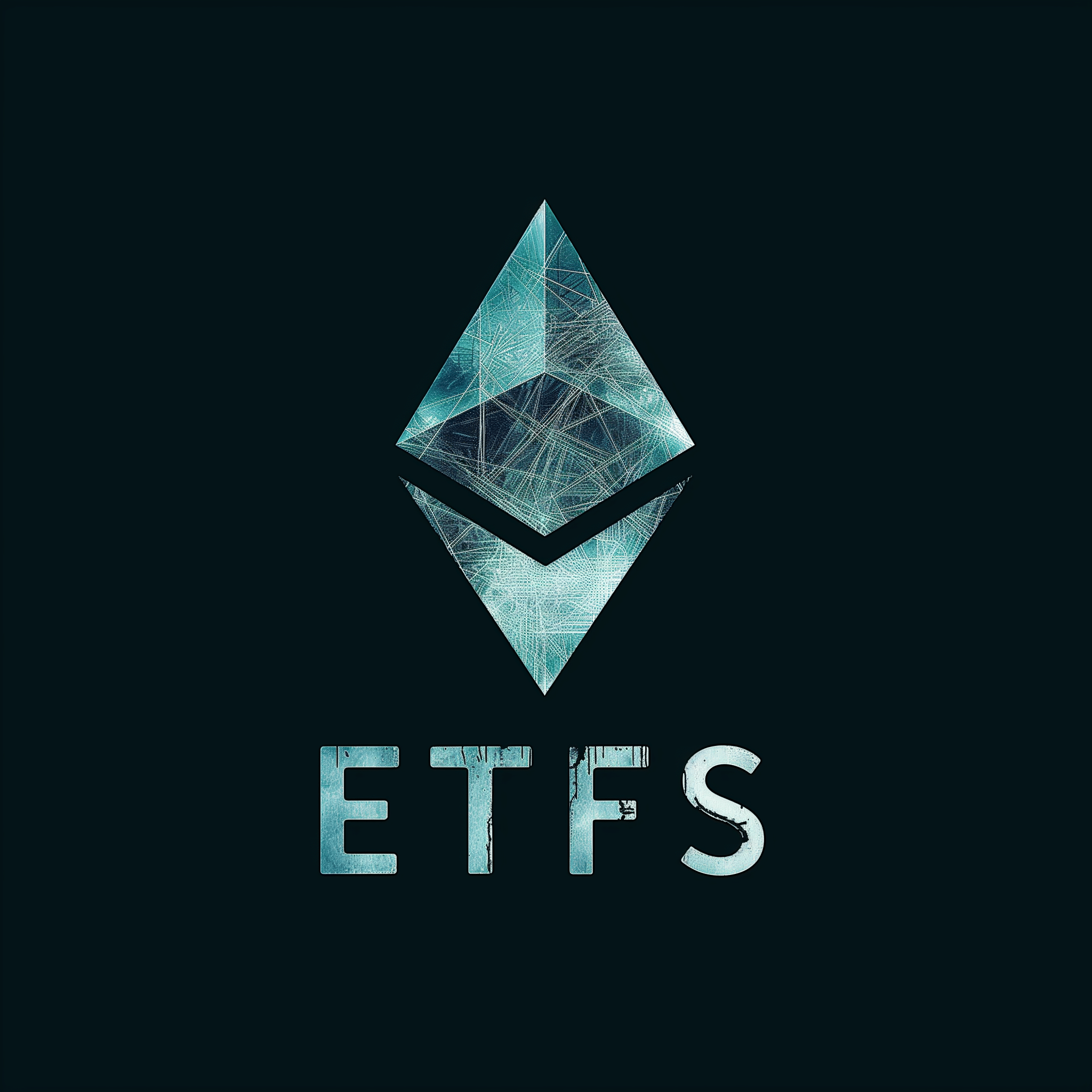As the crypto community buzzes with excitement over the in-progress Ethereum spot ETF approval, an important question arises: once they start trading, will outflows from Grayscale’s Ethereum Trust (ETHE) outpace inflows?
The question isn’t just relevant for Grayscale or ETHE holders, but for all ETH holders, as large enough outflows from ETHE could put bearish pressure on the price of ETH itself.
Read more: Why ETH Isn’t Moving Higher After SEC Approves Key Filings for Spot ETFs
The reason that outflows are expected is that ETHE operates as a closed-end fund, meaning it can trade at a discount or premium to its net asset value (NAV). This discount has historically been substantial due to the fund’s structure and high fees. The expectation of converting to an ETF, which would eliminate the discount, further incentivizes outflows from ETHE as investors will seek to capitalize on the immediate price correction, just as happened with Grayscale’s Bitcoin Trust (GBTC).
The ETHE discount to NAV decreased from 203% to 5.5% following the news broke that the ETFs would likely be approved.
How Much ETH Could Leave ETHE?
Currently, there is $11 billion worth of ETH in ETHE. If the same percentage of assets leaves ETHE as exited the Grayscale Bitcoin Trust (GBTC) – about 47% – this could result in approximately $5 billion of outflows over the first four months, as noted on X by Quinn Thompson, founder of Macro crypto hedge fund Lekker Capital.
However, what’s not yet known is whether Grayscale will set as high a fee on its ETH ETF as it did on GBTC, which likely prompted those outflows, or whether it will try a different strategy.
“I am expecting outflows from ETHE when it converts. But it will be interesting to see what Grayscale does with the fee,” James Seyffart, research analyst at Bloomberg Intelligence, told Unchained.
Grayscale has traditionally charged fees of 2% or more on its investment products. For instance, it used to charge 2% on GBTC, and upon its conversion to an ETF, it lowered the fee to 1.5%.
However, the 1.5% fee was so much higher than the 0.19%-0.25% charged by the competition, it likely played a large role in half of the Bitcoin leaving GBTC since its conversion to an ETF.
“The other interesting thing is that it seems like Grayscale might be able to launch their mini trust at the same time. Which will likely have a very low and competitive fee,” said Seyffart, referring to Grayscale’s new mini Bitcoin ETF, which will trade under the ticker BTC. It will feature a fee of 0.15%, making it the cheapest of all the spot Bitcoin ETFs. It could provide Grayscale some additional revenue, giving the company more room to lower the fee on ETHE, which is currently 2.5%, and be more competitive with the fees on the other ETH ETFs.
How Much ETH Could Enter the Spot ETH ETFs?
Another factor, when it comes to gauging how this could impact the ETH price, is to consider how much ETH might pour into the ETFs once they begin trading—and whether it would be enough to offset the outflows from ETHE.
How much interest there will be in the ETH ETFs is an open question. Will the ratio of assets in the two types of ETFs mimic the ratio between the market caps of Ethereum and Bitcoin, which, after the surge in ETH’s price on Monday, is now about 30%?
Eric Balchunas, a senior ETF analyst, believes Ethereum ETFs will only garner 10-15% of what Bitcoin ETFs have achieved. “For the normal person, one’s enough. You’d have to really have a bull case for this other one to buy it,” Balchunas said.
Meanwhile, his Bloomberg colleague Seyffart suggests a higher range of 20%. These predictions put the AUM of Ethereum ETFs between $5 billion and $10 billion.
The recently launched Bitcoin and Ethereum spot ETFs in Hong Kong, which have a total of $287 million in AUM, give a peek at the potential demand for Ethereum ETFs in the U.S. “Hong Kong is a good example,” said Seyffart on the latest episode of Bits + Bips. “The demand, again, is less than the ratio of the market caps between the two assets.”
The HK Bitcoin ETFs hold $246 million, and the Ethereum ones, $41 million, giving ETH 15% market share.
Thomspon estimates it would only take about 9% of the total funds in Bitcoin ETFs (around $5 billion) to offset the potential outflows from ETHE. Along the same line, even if Balchunas’s lower estimates are correct, the inflows into the ETFs could offset the outflows from ETHE.
One wild card is the fact that the ETF issuers cannot offer staking yield. That could further depress interest in the ETH ETFs, since ETH investors may choose instead to stake and receive yield.
While the approval of Ethereum ETFs is a significant milestone, the short-term impact on ETH’s price could be negative due to substantial outflows from Grayscale’s fund. However, if the interest in ETH ETFs ends up being similar to what it was in Hong Kong, expected influx into new Ethereum ETFs might be enough to offset these outflows.



